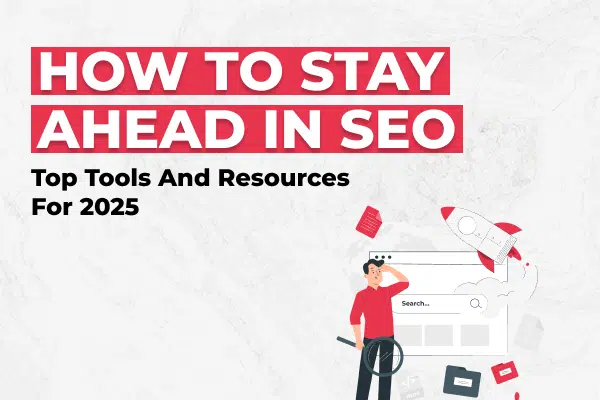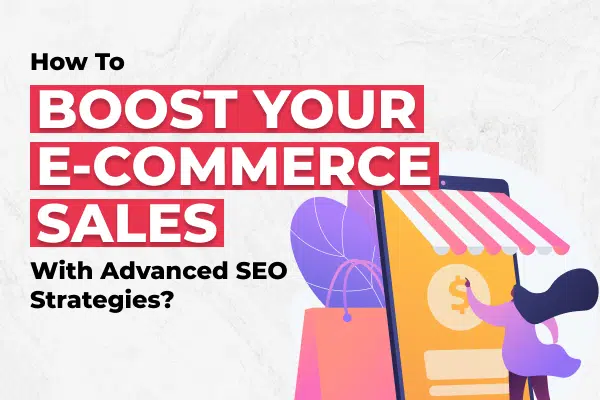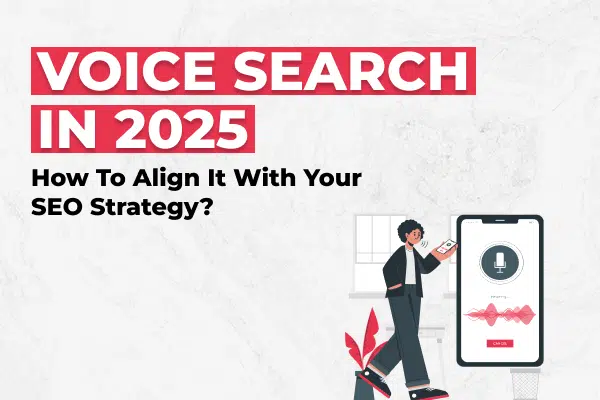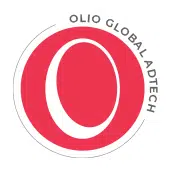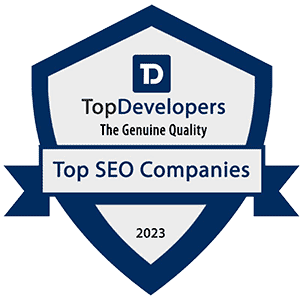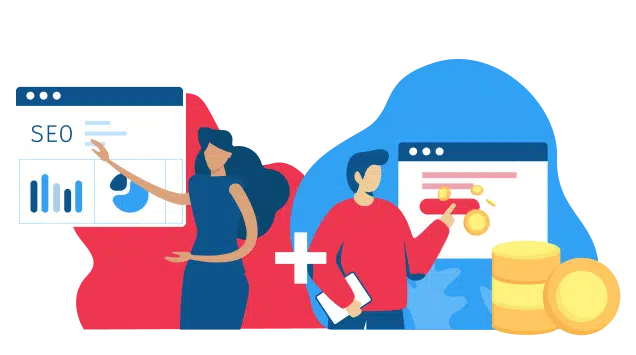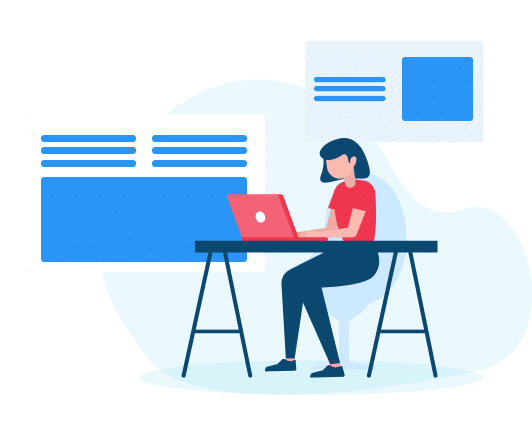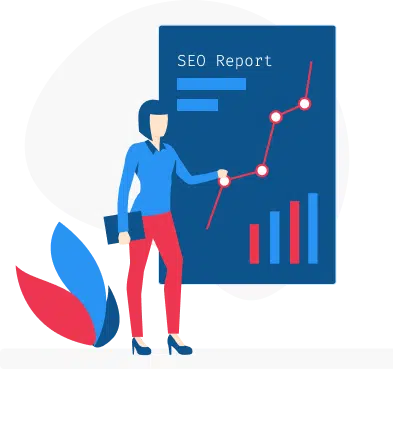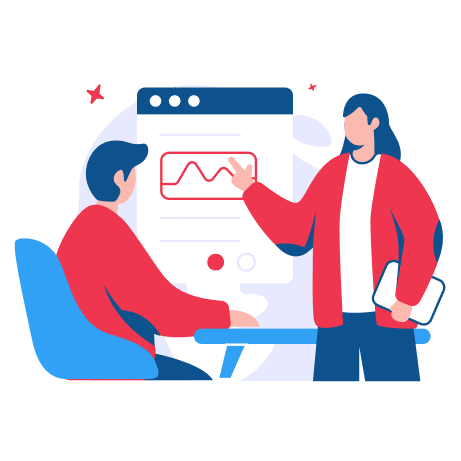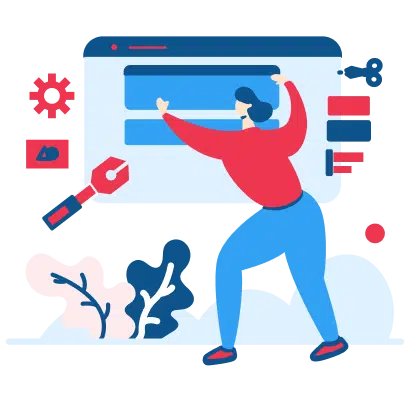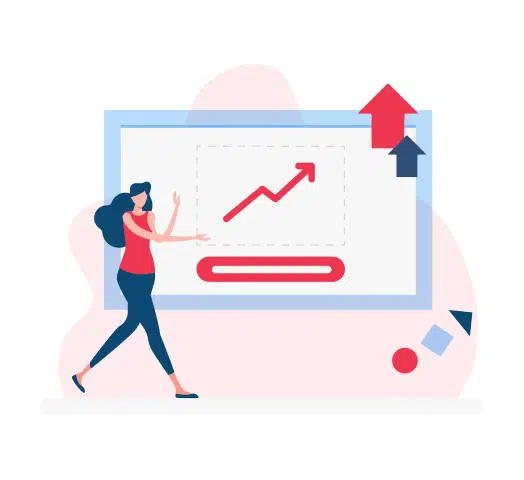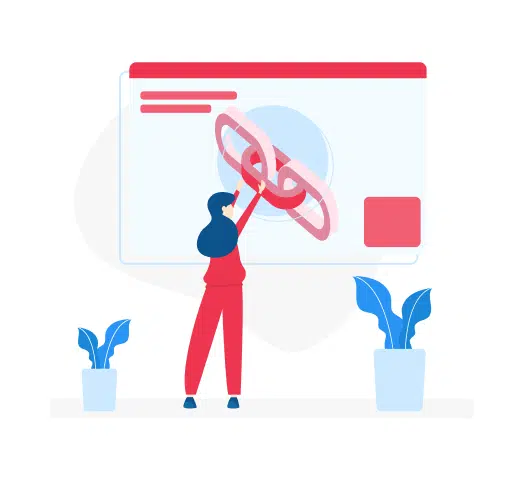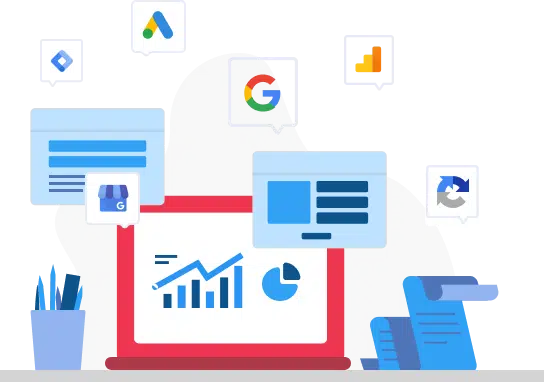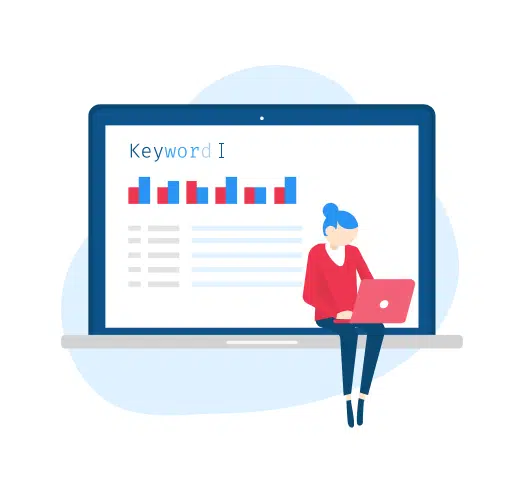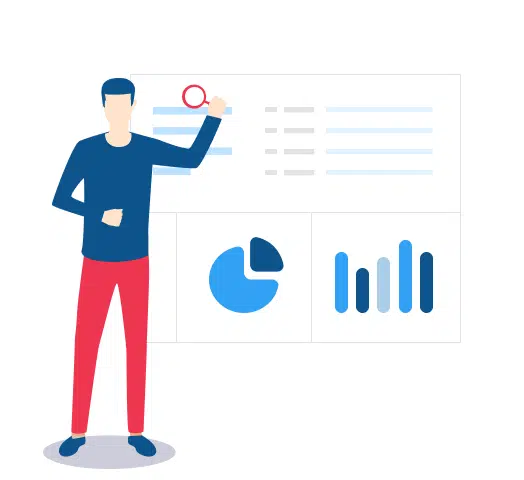Understand the hard layer of full-funnel SEO and PR strategy for the audience to increase search engine rankings.
Integrating digital PR and SEO into a comprehensive full-funnel strategy can boost your website’s visibility, attract more visitors, and significantly increase your chances of securing a coveted position in the top three rankings of search results.
Are you currently grappling with challenges in achieving high search engine rankings?
Is link building a significant hurdle in your quest for the top three rankings?
Consider this: 75% of users never scroll past the first page of search results, underscoring the critical importance of high search engine rankings. Moreover, an expert study found that only 0.78% of Google searchers click on results from the second page, making the competition for top rankings fierce.
A comprehensive PR and SEO strategy involves building links and gaining brand mentions throughout the audience’s online journey, enhancing the off-page user experience.
Content
- What does it mean?
- Here, you can see critical takeaways that you will have clarity with this blog
- Off-Page User Experience With The Brand Matters
- What Is Full-Funnel PR & SEO?
- The user’s journey will have many stages
- Preparing A full-funnel strategy
- Designing a customer journey map
- Digital PR tactics
- SEO integration
- Cross-channel promotion
- Vital Tips
- Focusing On Digital PR and SEO Builds A Strong Online Presence
What does it mean?
You don’t conclude that links are not working any more. Links and specific brands you carry at the point of the visitor’s journey are vital factors that can segregate you into the top 3 positions of Google. Ultimately, we believe in how you can get into SGE or other top visibility positions in the search.
SEO strategy involves:
Building links.
Creating a brand that attracts visitors.
Developing an off-page user experience.
Here, you can see critical takeaways that you will have clarity with this blog:
User’s journey
Your users will interact with multiple pages and content, making the final decision based on their perception.
Strategy outline
It suggests a structured method for businesses to navigate the entire digital marketing process effectively by supporting the users from concept to conversion.
Incorporation of digital PR and SEO
The melange of digital PR and SEO can pave the way to a unified journey that will help visitors have a clear understanding, influence visitors, and improve their rankings.
Off-Page User Experience With The Brand Matters
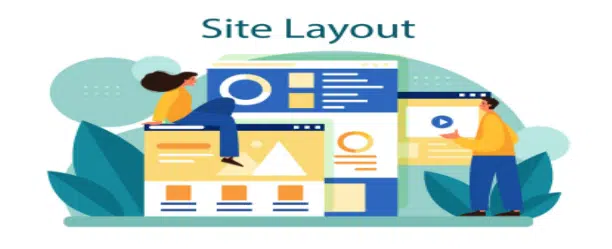
Google is always helpful to users and demonstrates E-E-A-T (Experience, Expertise, Authority, and trust) to get ranking. Your users look for a solution that resolves their issue or shows a way. They also look for trusted information that will help them make a decision.
The chart will reveal the sites that get the most visits vs. those that send the most referral traffic.
This data shows that search engines can drive the most website traffic, but visitors spend a specific amount of time engaging in other content on different topics.
When online users use multiple touchpoints to obtain a given product or service, Will Google not use these to confirm which firm provides the right services and what its E-E-A-T is for those topics?
You can see the brands, keywords, and top three positions on the chart.
When specific brand mentions increase, the dots will also grow, displaying that many brands have higher counts in the first three rankings.
We can understand that brand mentions can influence ranking factors. However, several confounding variables exist in this analysis process. Google will measure and scrutinize E-E-A-T principles, which is the ultimate way to believe.
What Is Full-Funnel PR & SEO?
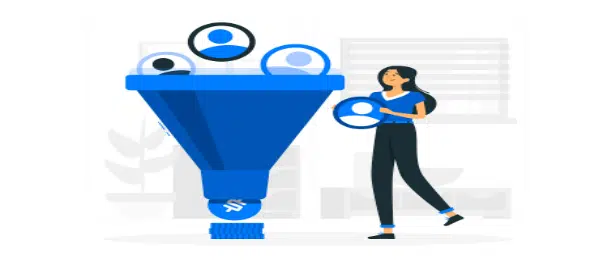
It is all about the different stages of the user’s journey.
A full-funnel strategy is what you develop content for each stage in the user’s journey and at the key points where they go and for what they type to get information.
The user’s journey will have many stages:
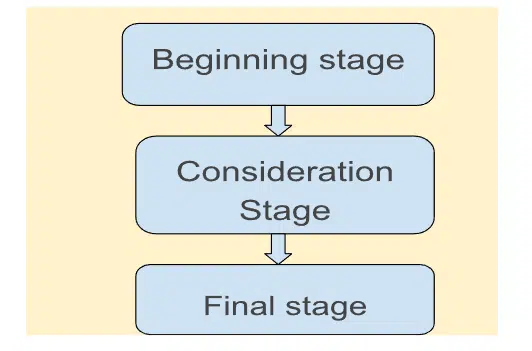
Beginning Stage
The users will learn about their needs, options, issues, and chances and then look for remedies.
Consideration Stage
The users evaluate several options and solutions to tell what they want or resolve their issues.
Final Stage
The users can conclude and move on.
A full-funnel strategy is developing content for every user journey stage.
Let’s look at e-bikes as an example:
When customers like less carbon footprint, e-bikes can be a good option.
So, features like graphics showing the amount of carbon an e-bike produces are needed compared to others.
Providing more information on key features, such as price, longevity, mileage, colour feasibility, and other features, can help customers make a decision.
For Audiences!
They apply multiple touchpoints to get more insights during this journey at different stages.
For example
Beginning Stage
Audiences read news websites regularly, so you use PR to pitch key elements to journalists who produce on environmental issues.
Consideration Stage
Customers search Google for e-bikes with a less carbon footprint. So, you can rank your blogs with data displaying how your e-bikes will have the lowest carbon footprint.
Final Stage
Customers will search for e-bikes with brand names to purchase keywords. Therefore, focusing on ranking your web pages for brand and non-brand keywords is also necessary.
Preparing A full-funnel strategy
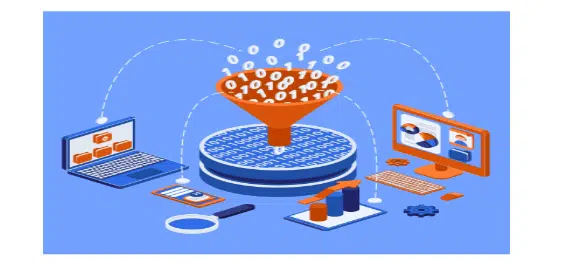
Preparing a complete strategy involves designing a layout that effectively guides businesses’ target visitors from the beginning to the final purchasing stage.
Designing a customer journey map
Initiate by mapping your customer’s journey and discovering key stages, touchpoints, and content requirements. These are known as the foundation of your strategy. It’s crucial to comprehend and visualize your customers’ journey from the initial stage to the final purchase. This understanding forms the backbone of your customer journey map.
Take a look at the screenshot of an audience journey map.
Digital PR tactics
The successful approach is pitching refreshing story ideas and creating impressive data and professional commentary to journalists and influencers to secure backlinks and media mentions.
SEO integration
Work on your digital PR with standard SEO approaches, targeting keywords that have high search volumes and are relevant to your content. Moreover, backlinks obtained through digital PR should have media coverage to enhance your website’s E-E-A-T and ranking.
Cross-channel promotion
Spread your media coverage and content across social media, email marketing, and other social media marketing channels to ensure your target audiences know your efforts across multiple touchpoints.
Vital Tips
Using digital PR strategies can deliver outstanding results compared to traditional link building because they build your E-E-A-T and other critical ranking factors.
Focusing On Digital PR and SEO Builds A Strong Online Presence
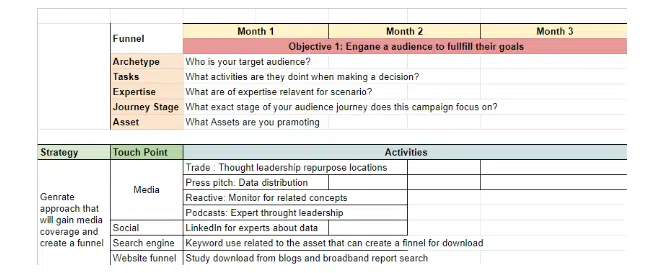
Implementing a full-funnel strategy requires systematic PR, SEO, and content creation collaboration to ensure all approaches are aligned and focused on leading visitors to conversion.
When you can map out the user’s journey, developing engaging content at every stage by leveraging PR and SEO, your online business can build a solid online presence by ranking in the top 3 positions.
Discover the power of SEO to skyrocket your Leads & Sales.
Frequently Ask Questions
What is the difference between SEO and PR?
SEO (Search Engine Optimization) focuses on improving your website’s visibility on search engines to attract organic traffic, while PR (Public Relations) involves managing your brand’s image and reputation through media coverage, press releases, and other outreach efforts.
How can PR strategies enhance my SEO efforts?
PR strategies can enhance SEO by generating high-quality backlinks from reputable media outlets. When your brand is mentioned in the press, it not only boosts your reputation but also improves your website’s domain authority, which is a key factor in search engine rankings.
How can I measure the success of my SEO and PR strategies?
Success can be measured through various metrics such as organic traffic, search engine rankings, conversion rates, media mentions, and backlink quality. Tools like Google Analytics, Google Search Console, and PR tracking tools can provide valuable insights into your performance.


